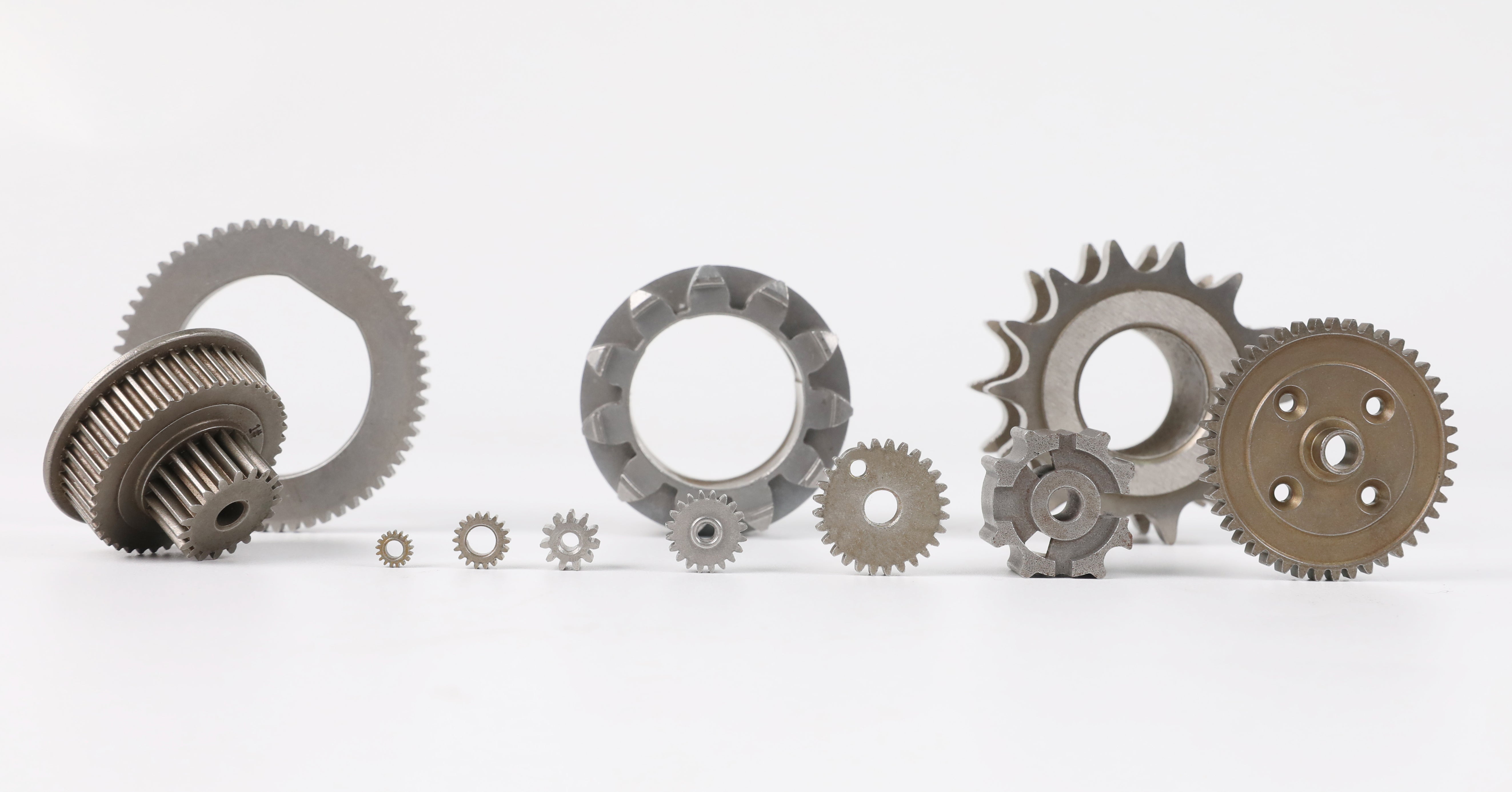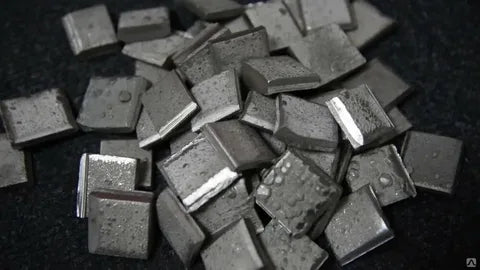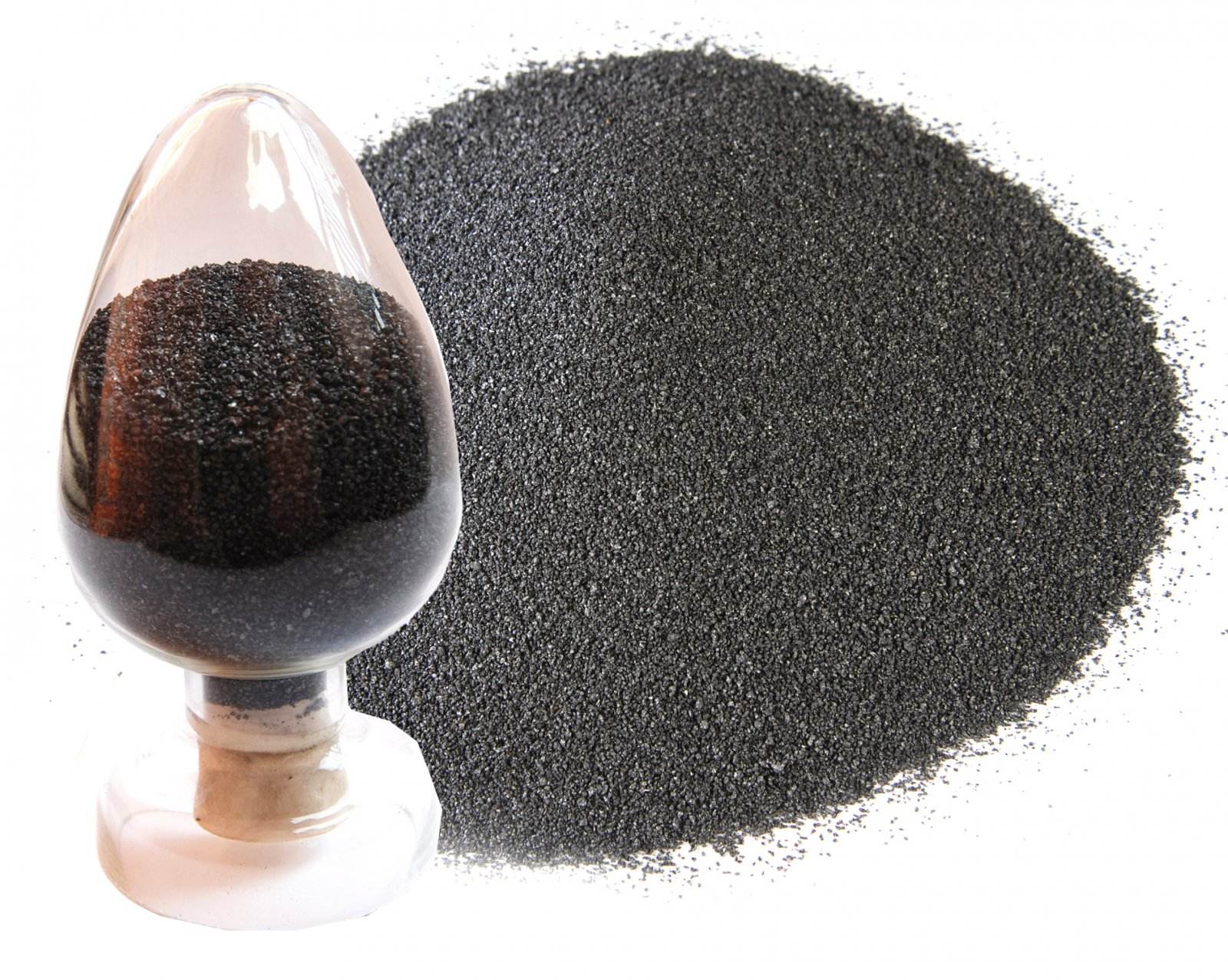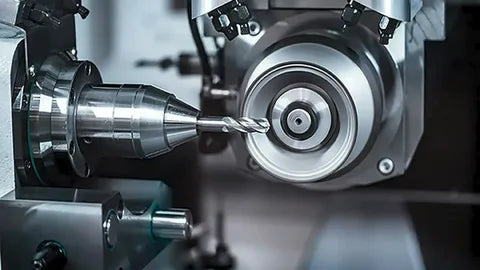Isostatic pressing is a manufacturing process that applies uniform pressure to a material from all directions, aiding in its compaction and densification. This process can be carried out using two primary methods: wet bag isostatic pressing and dry bag isostatic pressing. Both methods have their unique characteristics, advantages, and applications, making them suitable for different manufacturing needs. This article aims to compare these two techniques in terms of their processes, benefits, limitations, and ideal applications.
Wet Bag Isostatic Pressing
Wet Bag Isostatic Pressing Process
In the wet bag isostatic pressing process, powder is filled into a mold and sealed outside a pressure vessel. The mold is then immersed in a pressure fluid within the container. Isostatic pressure is applied to the outer surface of the mold, compressing the powder into a solid block. Compared to other types of cold isostatic pressing, this process is slower, taking between 5 to 30 minutes. However, advances in high-capacity pumps and loading mechanisms can help expedite the process.
Benefits:
Uniform Pressure Distribution: The fluid medium ensures that pressure is applied evenly, reducing internal defects and achieving uniform density.
High Versatility: Suitable for experimental research and small-scale production, it can handle multiple parts of different shapes simultaneously.
Complex Shapes: Allows the incorporation of intricate designs into elastic molds, facilitating the production of complex and large parts.
High Density: Produces parts with high compact density, essential for specific industrial applications.
Limitations:
Slower Process: Typically slower than dry bag isostatic pressing, which may impact productivity.
Maintenance: Requires regular maintenance and cleaning of the fluid medium.
Higher Tooling Costs: The complexity of molds and equipment can result in higher costs.
Limited Automation: The need for manual loading and unloading of molds can limit automation and efficiency.
Ideal Applications:
Wet bag isostatic pressing is ideal for producing large, complex parts that require high density and uniformity. It is widely used in the aerospace, automotive, and medical industries, where the quality and precision of components are critical.
Wet Bag Process
Ideal Scenarios for Using Wet Bag Isostatic Pressing
Wet bag isostatic pressing is particularly suitable for producing large components. It is commonly used in industries requiring high compact density and complex shapes that cannot be compacted using a uniaxial press. However, it is worth noting that the loading and unloading of molds limit the automation of wet bag pressing and reduce productivity. Compared to uniaxial presses, the tooling costs and complexity of this process are also higher.
In summary, wet bag isostatic pressing is a versatile and effective method for producing large, complex parts with high density. It is especially suitable for experimental research, small-scale production, and industries requiring complex shapes. Although there may be some limitations in automation and productivity, technological advancements continue to improve the efficiency of wet bag isostatic pressing.
Dry Bag Isostatic Pressing
Process: In dry bag isostatic pressing, the material is placed into a flexible mold, similar to wet bag pressing, but instead of submerging the mold in a fluid, it is placed directly into a high-pressure chamber. Pressure is applied directly to the mold, compressing the material inside. This process is typically faster than wet bag pressing and does not involve any fluid medium.

Benefits:
- Simplified Process: Eliminates the need for a fluid medium, simplifying the overall process.
- Higher Efficiency: Generally faster, allowing for higher productivity.
- Lower Maintenance: No fluid medium means less frequent maintenance and cleaning.
- Reduced Equipment Costs: Equipment for dry bag pressing is often less expensive due to the absence of fluid management systems.
Limitations:
- Less Uniform Pressure Distribution: Without a fluid medium, pressure distribution may not be as uniform, potentially leading to internal defects.
- Material Limitations: Some materials, especially those requiring very uniform pressure, may not be suitable for dry bag pressing.
- Higher Wear on Molds: The direct pressure can cause more wear and tear on molds, requiring frequent replacements.
Ideal Applications: Dry bag isostatic pressing is suitable for applications where speed and efficiency are critical, and where the material properties do not demand extremely uniform pressure distribution. It is commonly used in the production of metal and composite parts, especially in industries like automotive and consumer goods manufacturing.
Comparative Analysis
When comparing wet bag and dry bag isostatic pressing, several factors should be considered:
- Pressure Uniformity: Wet bag pressing offers better pressure uniformity due to the fluid medium, making it preferable for materials and applications requiring high precision and minimal defects.
- Process Speed: Dry bag pressing is faster and more efficient, suitable for high-volume production environments.
- Maintenance and Costs: Dry bag pressing requires less maintenance and has lower equipment costs, while wet bag pressing involves more complex and costly equipment and maintenance routines.
- Application Specificity: Wet bag pressing is better suited for producing large, complex parts with high density, while dry bag pressing is ideal for simpler, high-volume parts.

Contact Us for Free Advice
XY-GLOBAL's products and services are recognized by customers worldwide. Our team is dedicated to answering any questions you may have. Contact us for a free consultation, speak with a product expert, and find the best solutions for your application needs!
Please let me know if you need any further customization or additional information in your contact section.












Share:
Metal Injection Molding (MIM) Offers Several Advantages for the Medical, Automotive
Micro Metal Injection Molding for Advanced Optical Manufacturing